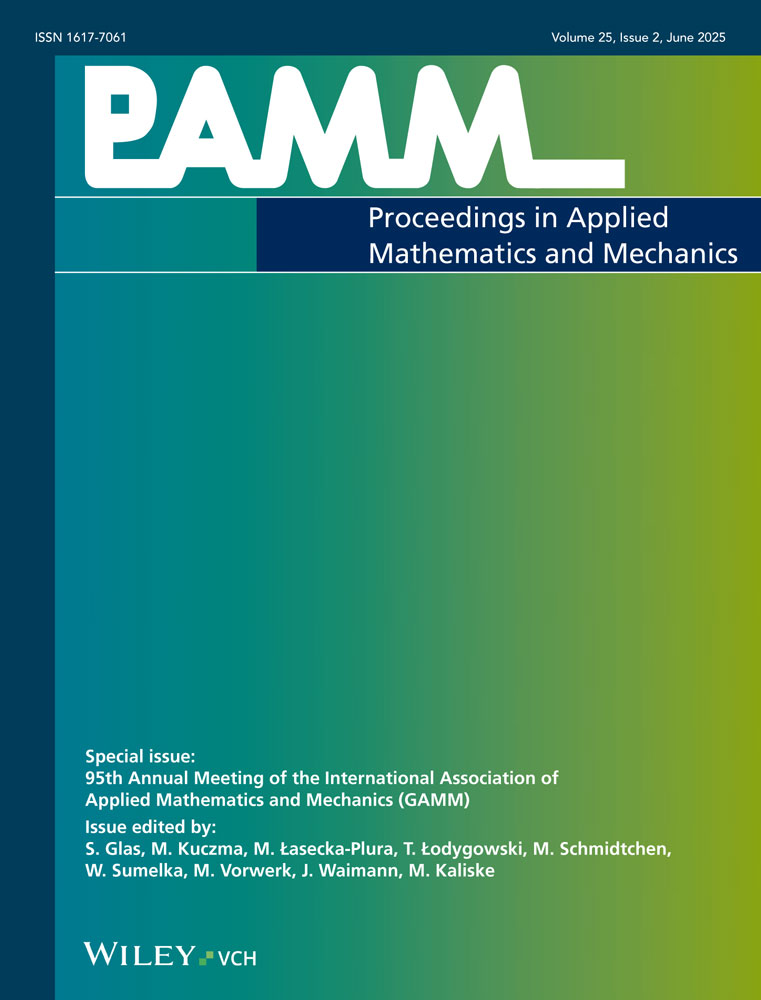From microscopic to macroscopic modelling of cellular materials
Abstract
In the present contribution the modelling of foam-like materials is discussed on different scales. Such materials can be foams, sponges, granular media or even hard biological tissues, and their common characteristic is that their macroscopic response is strongly influenced by the iteraction with the cellular microstructure. The individual cells start playing a role when their size becomes on the order of the macroscopic dimensions of the test specimen, leading to size effects, e. g. [1]. To investigate size effects on the macroscale an extended continuum approach is required taking into consideration the microstructural mechanism. Alternatively one can obtain a macroscopic description which includes the microstructural information using a numerical homogenisation procedure. In this way a connection between the discrete quantities of the microscale (e. g. forces) to quantities of an equivalent continuum (e. g. stresses) can be established. The purpose of this study is to investigate the relation between the above mentioned modelling approaches in terms of the involved parameters using procedures of parameter identification. (© 2006 WILEY-VCH Verlag GmbH & Co. KGaA, Weinheim)




